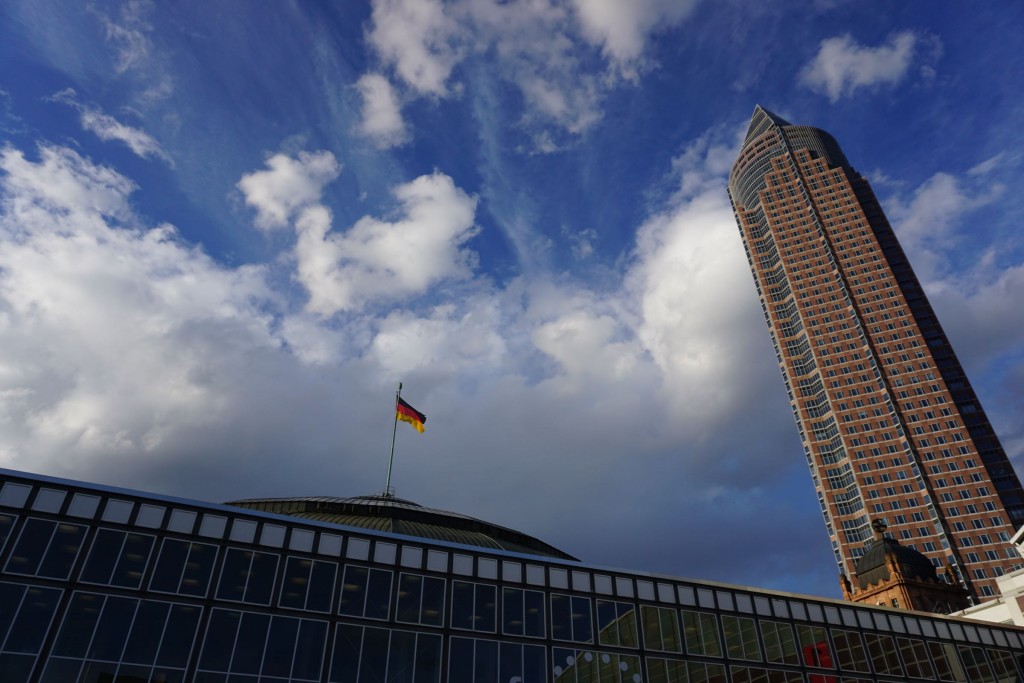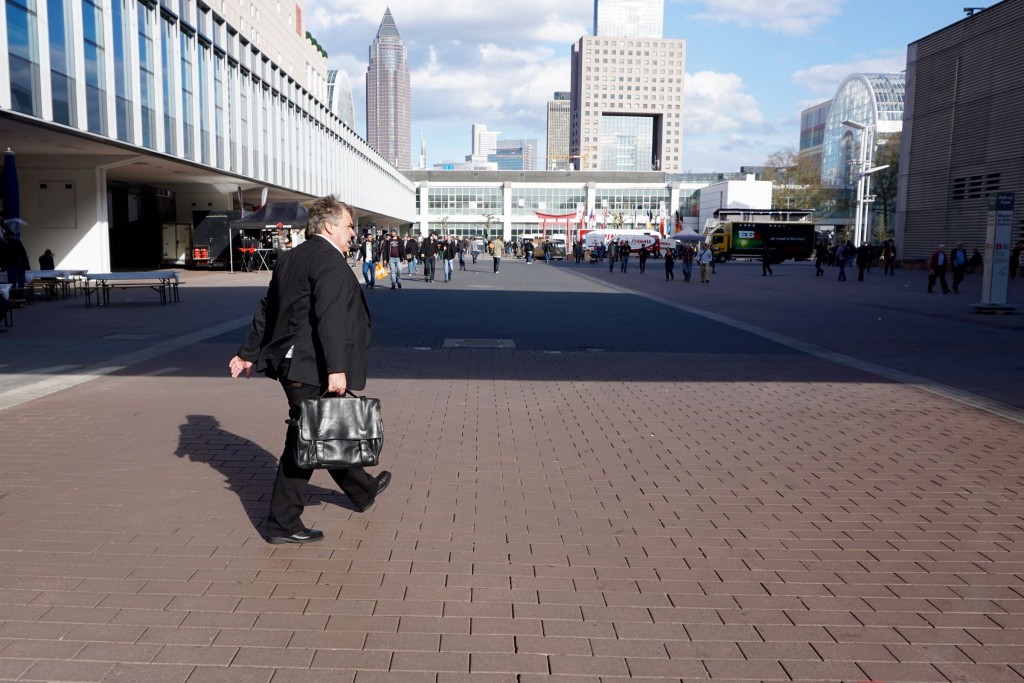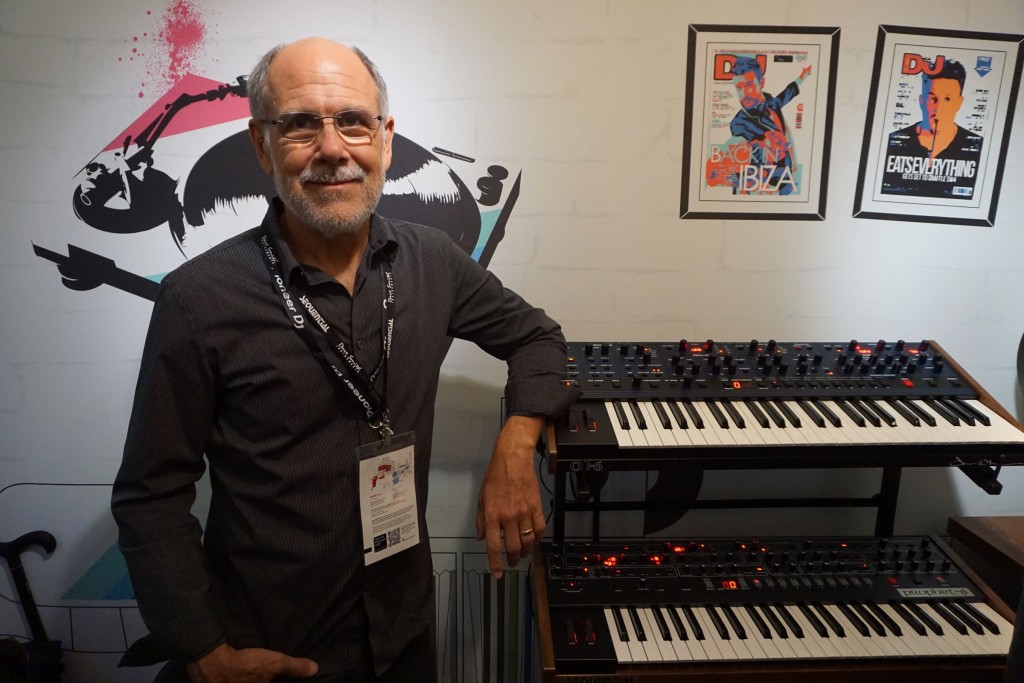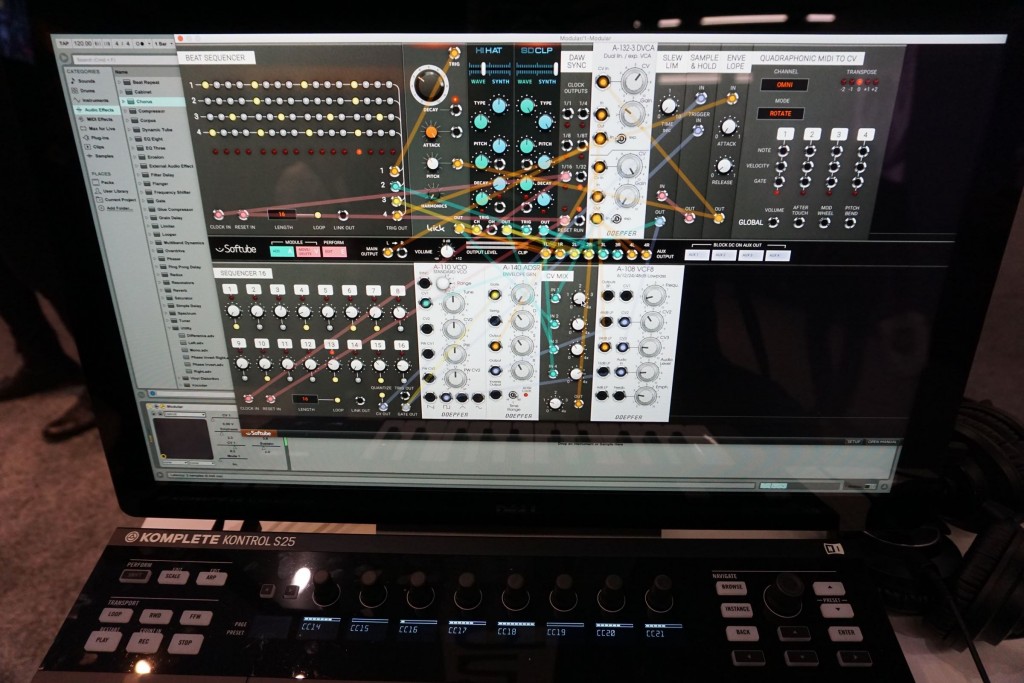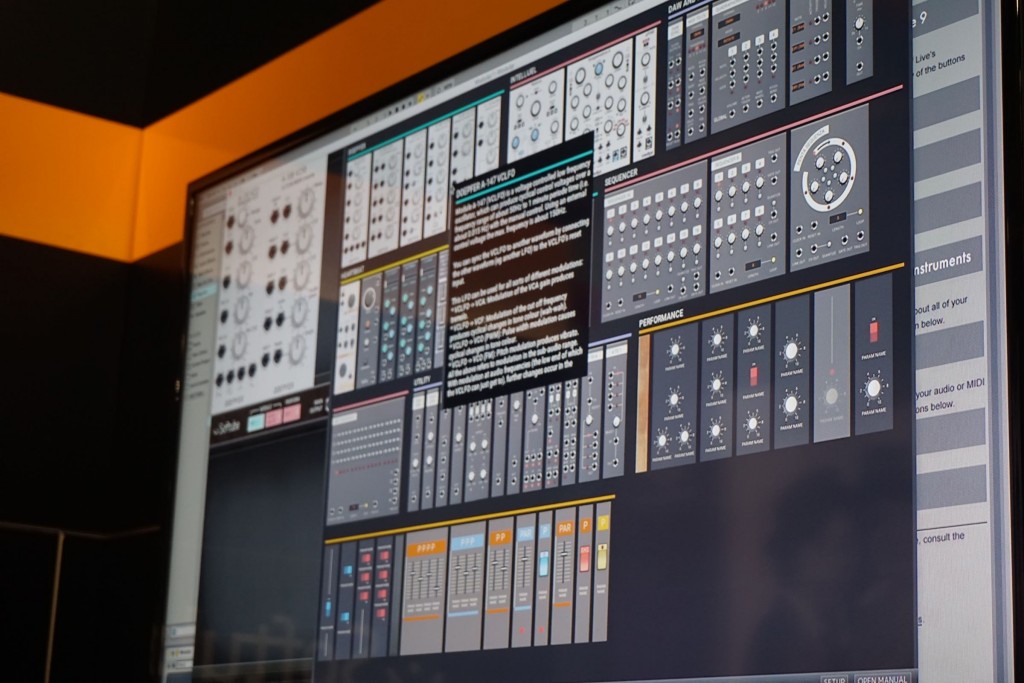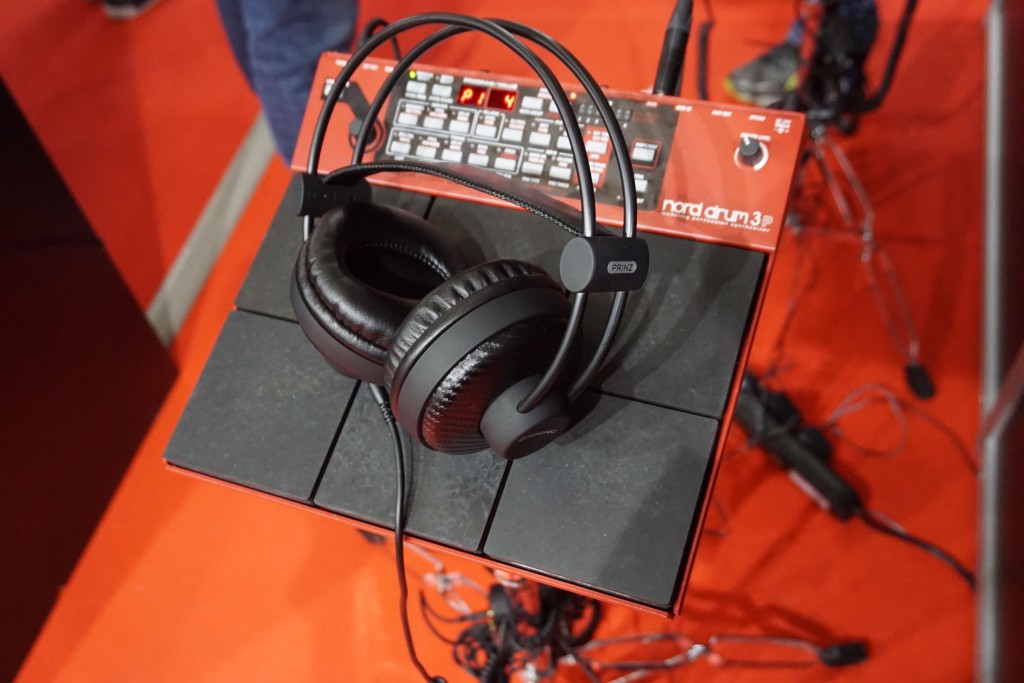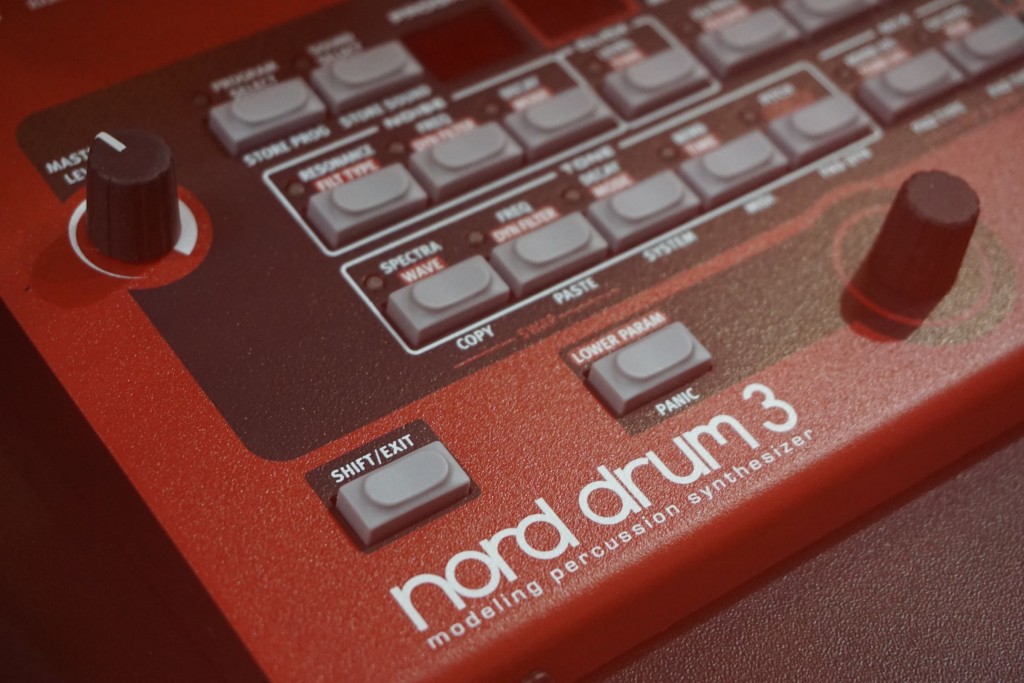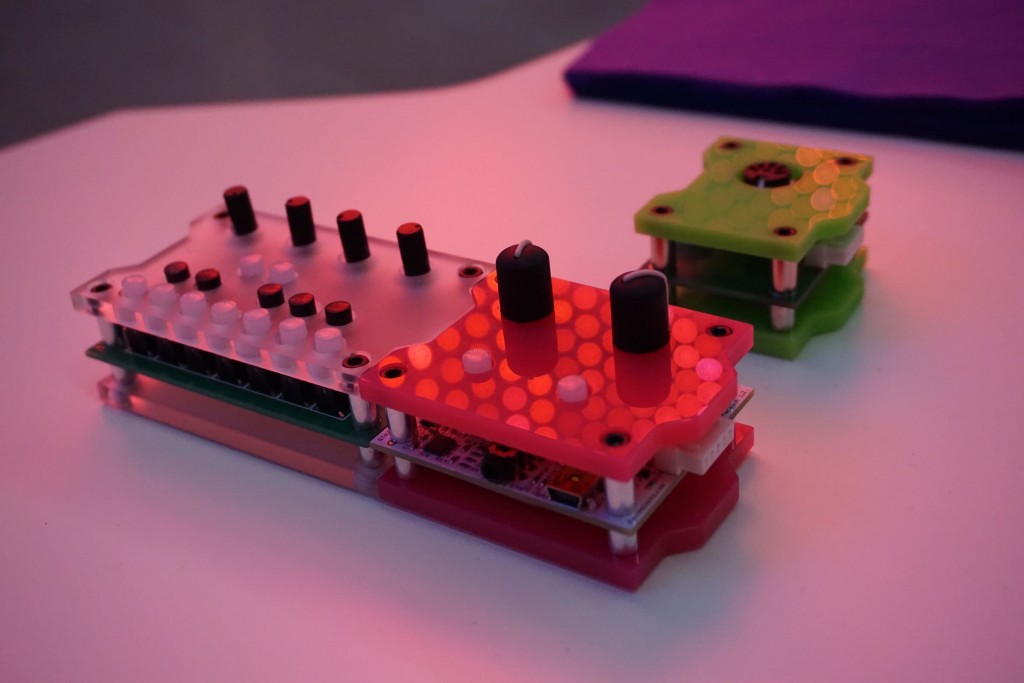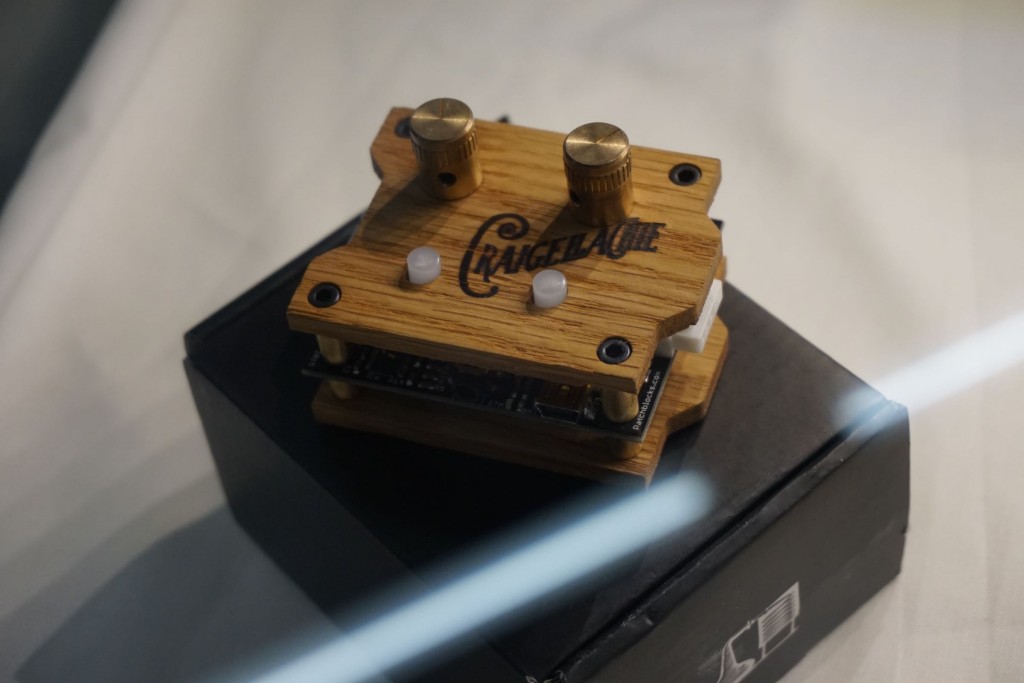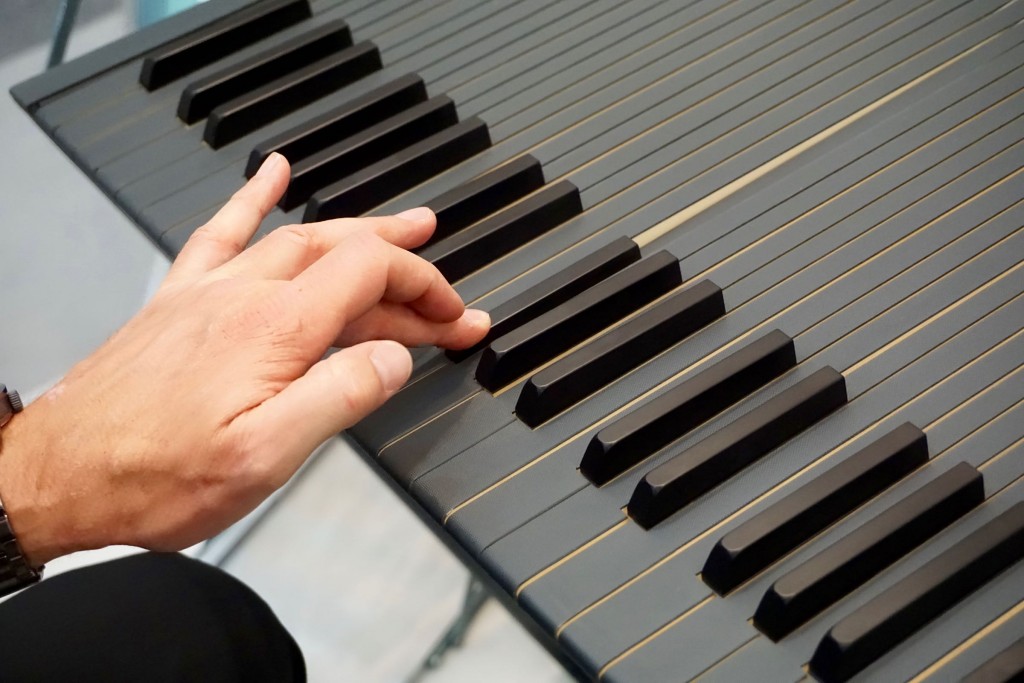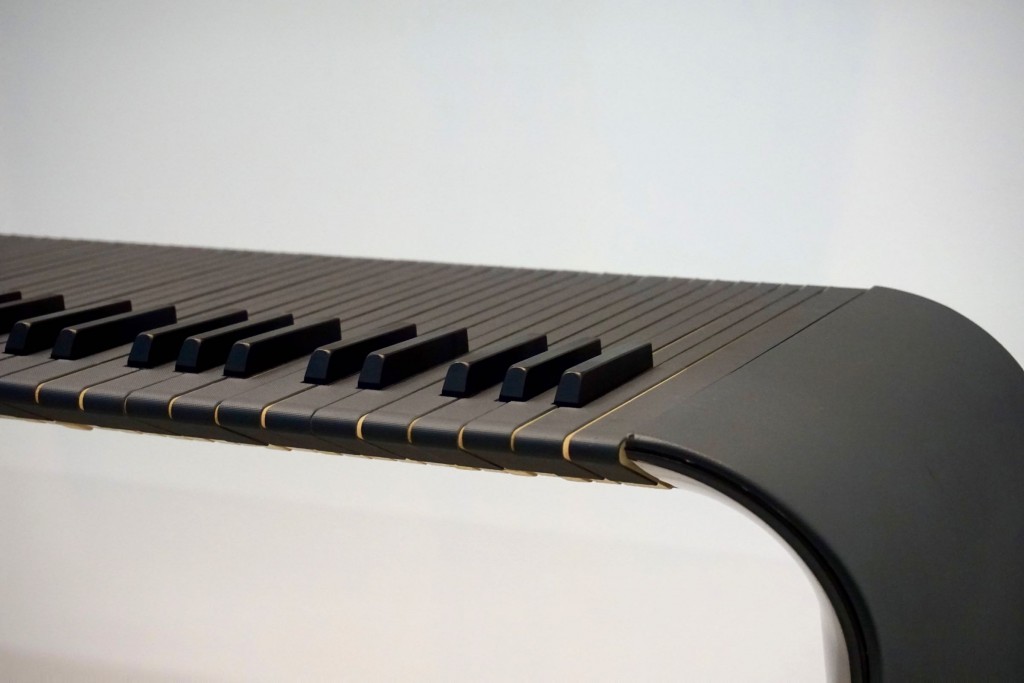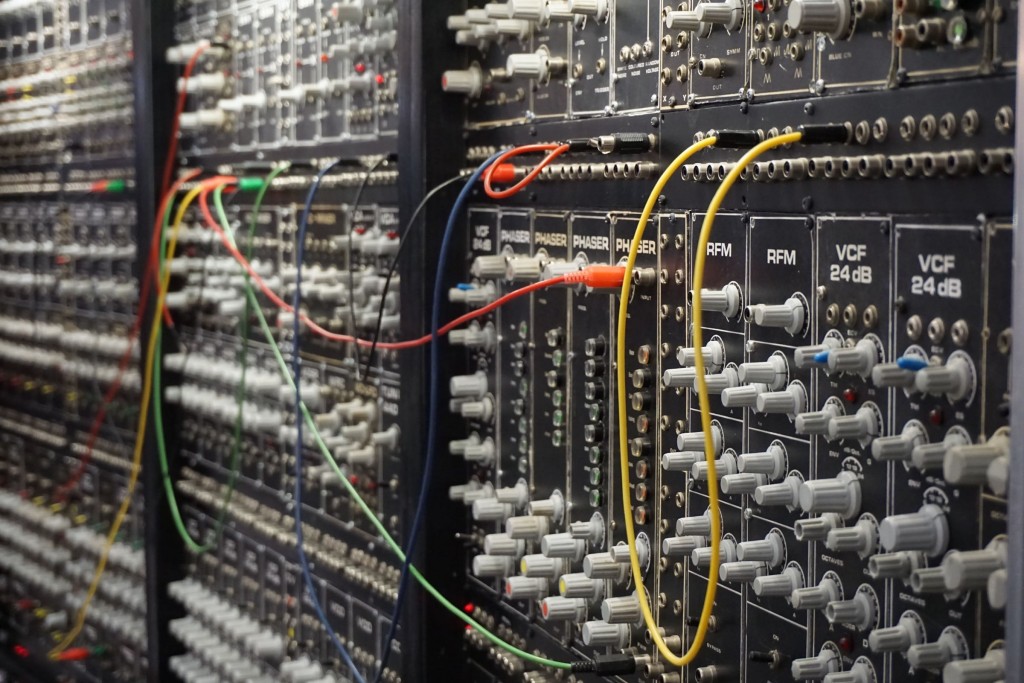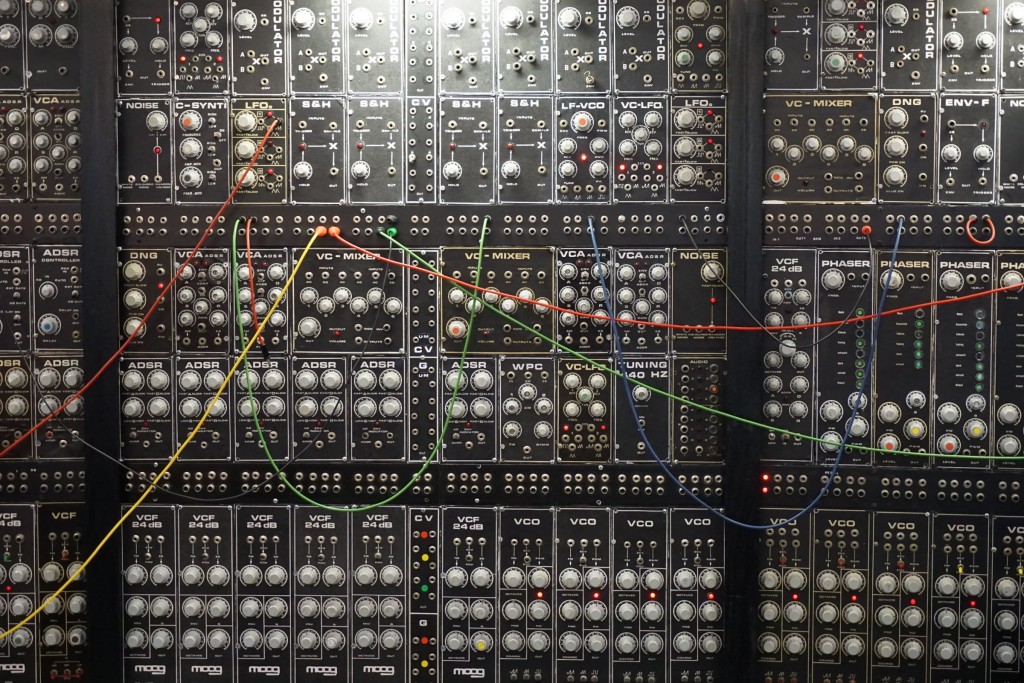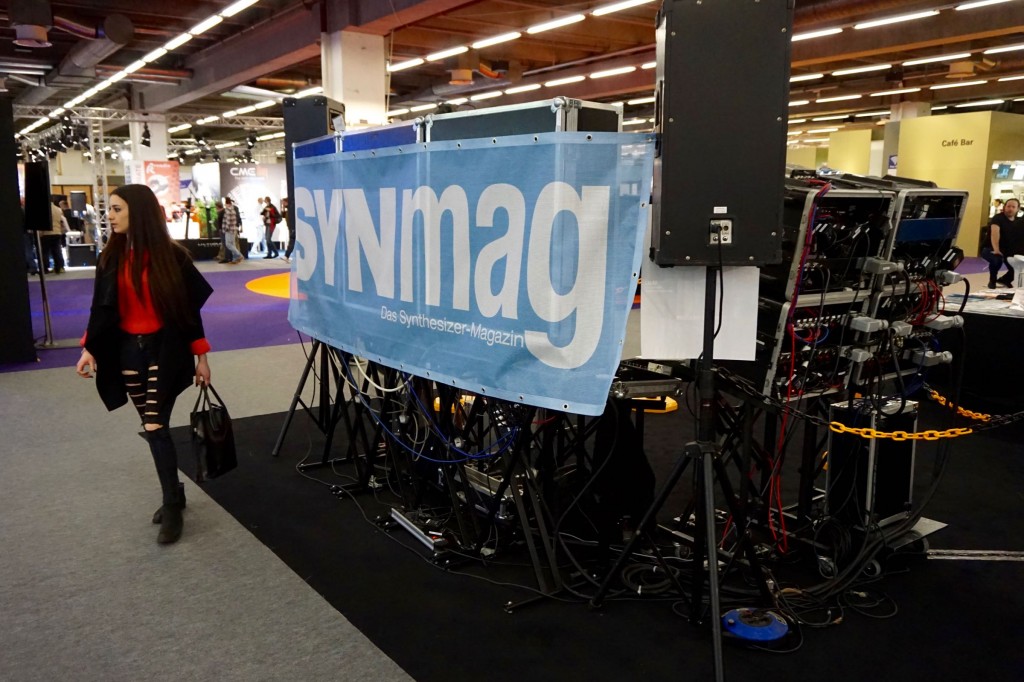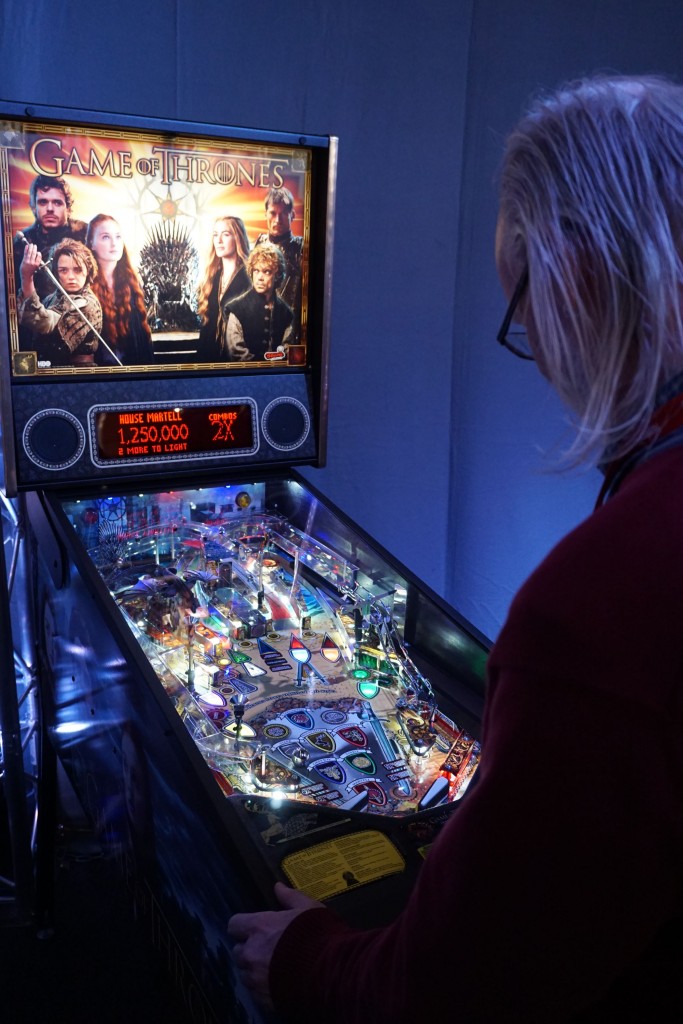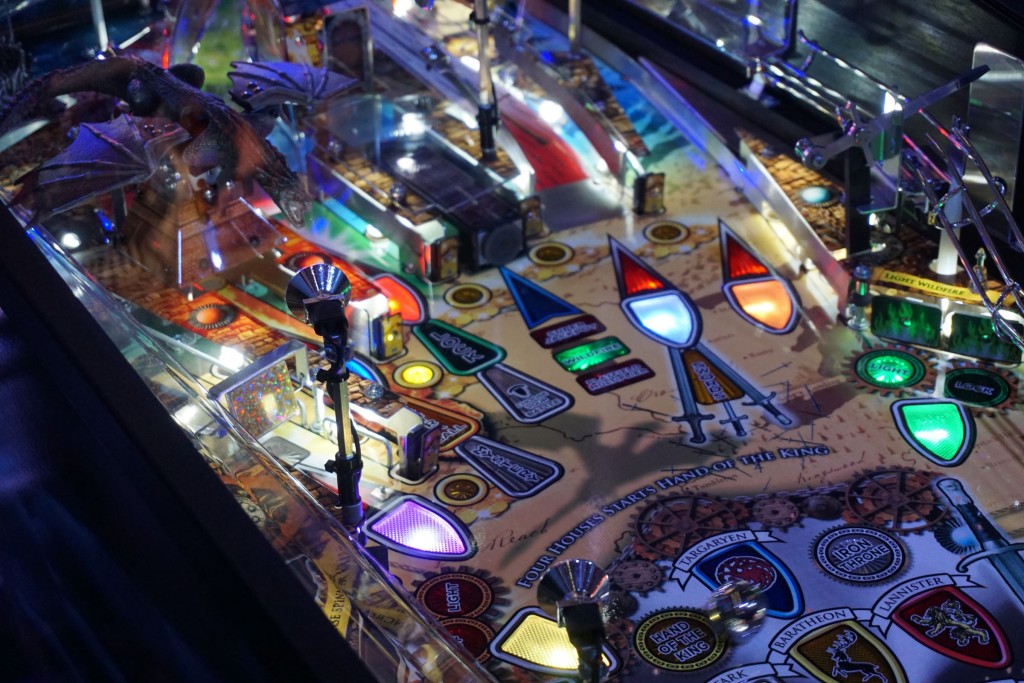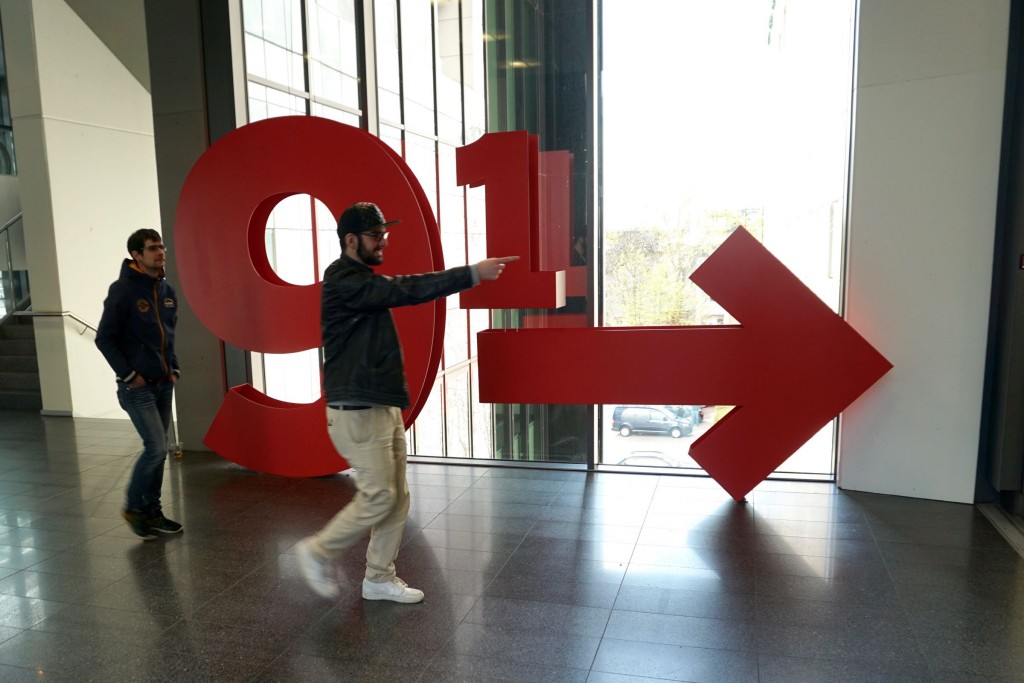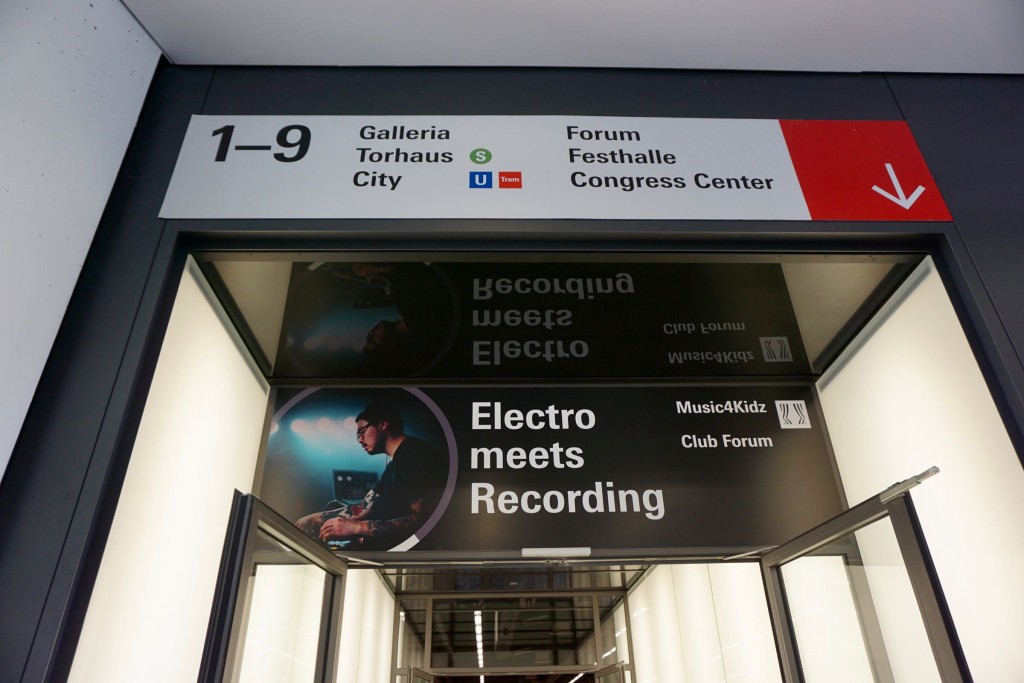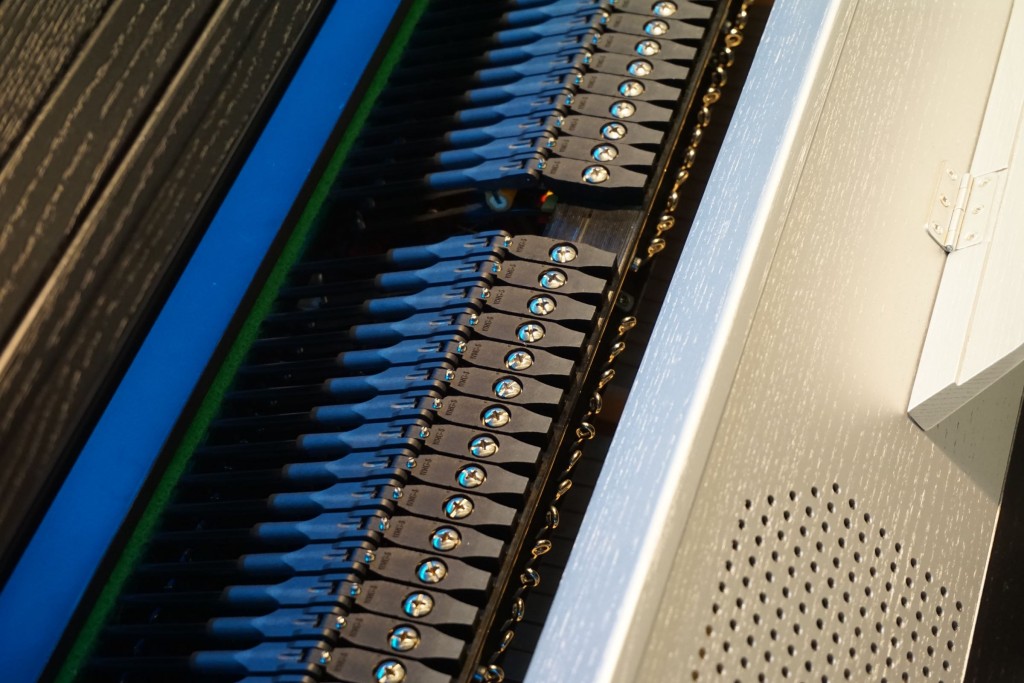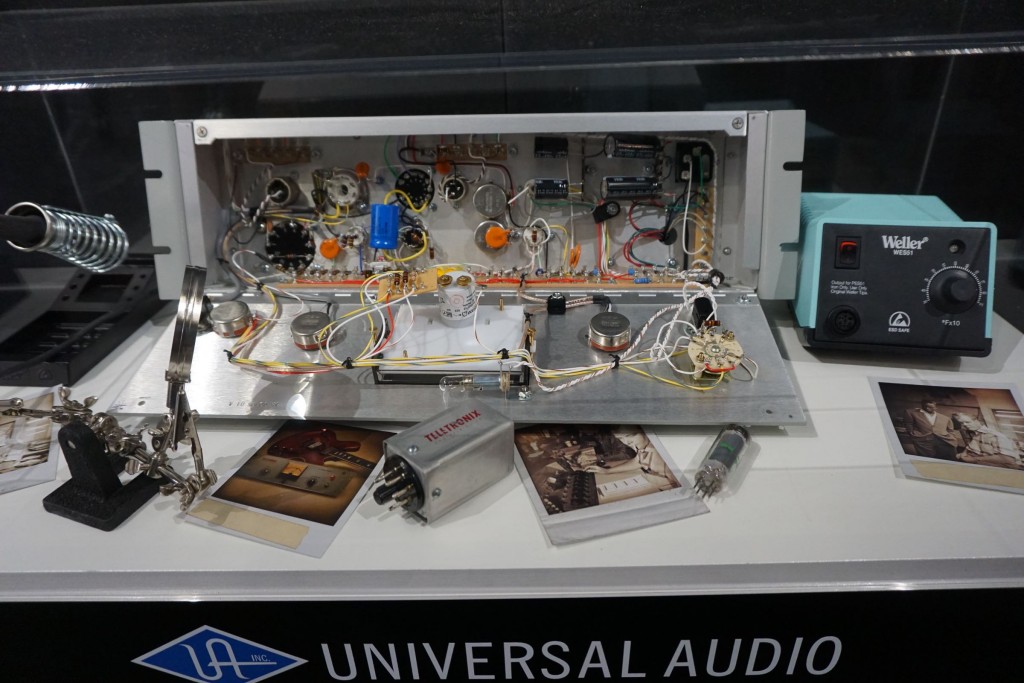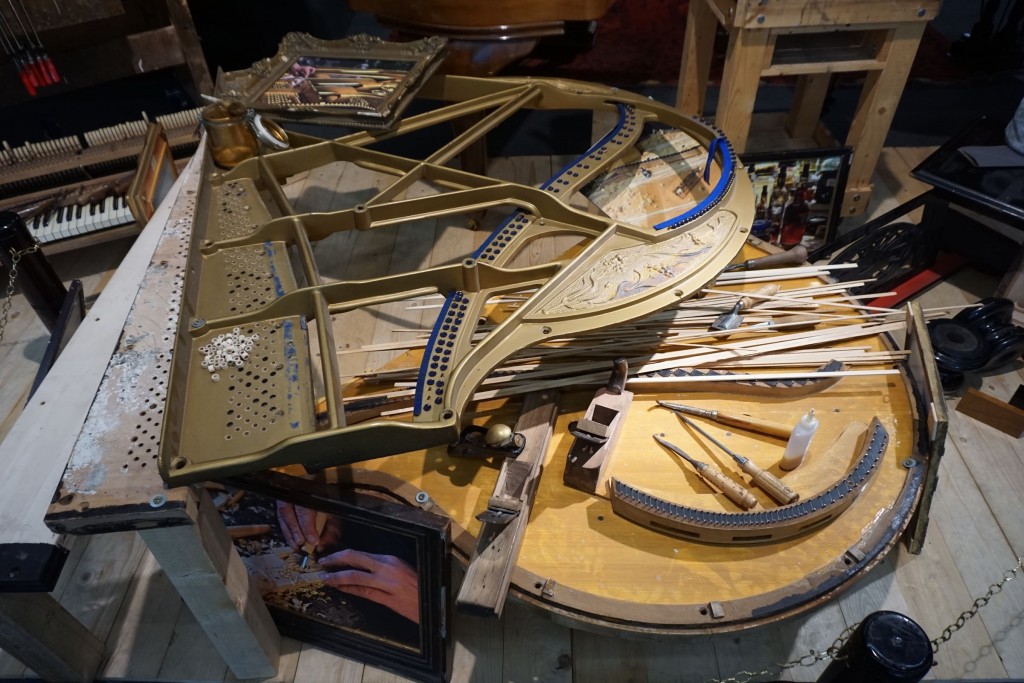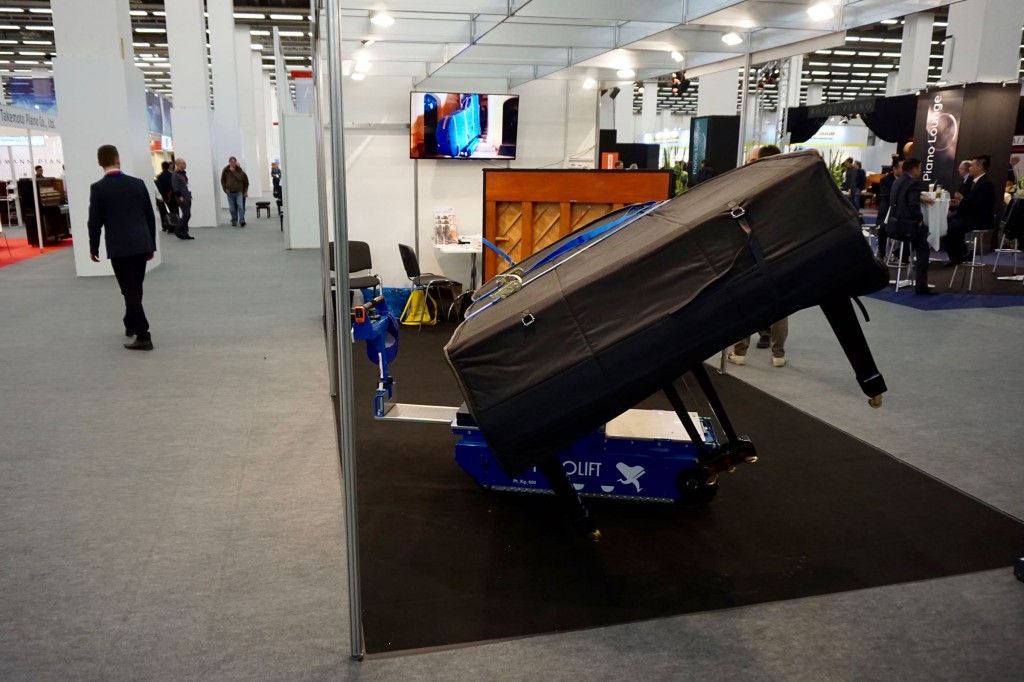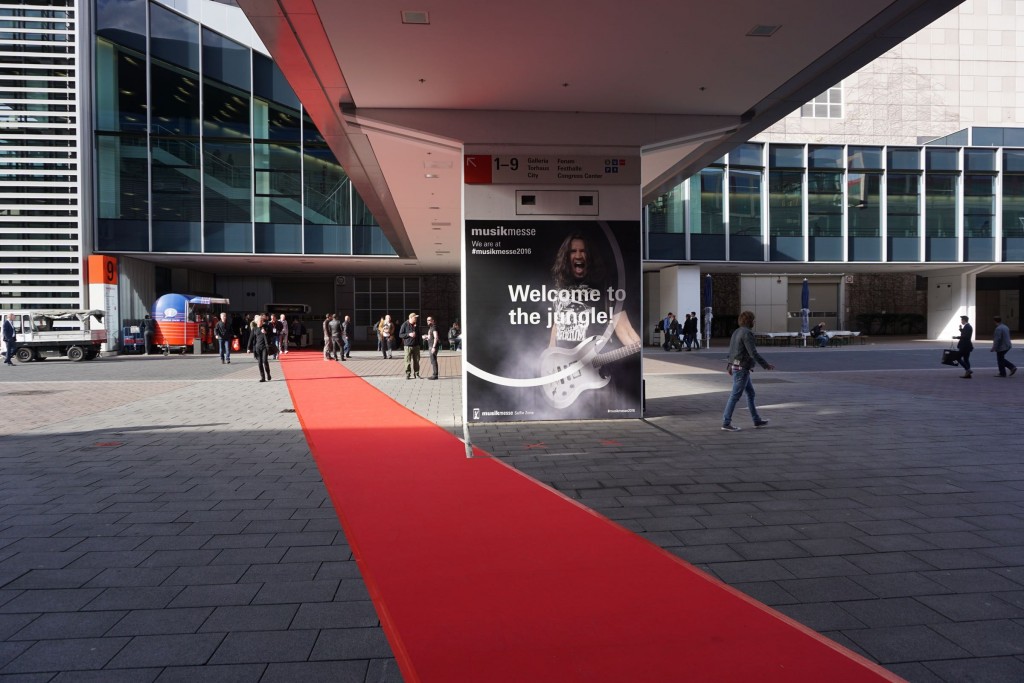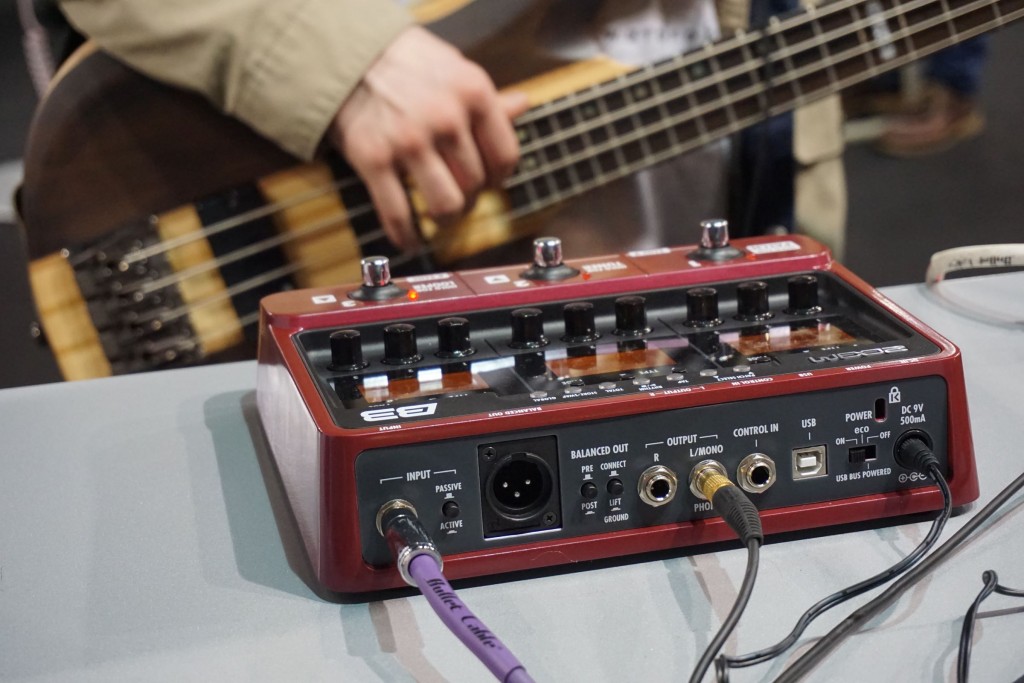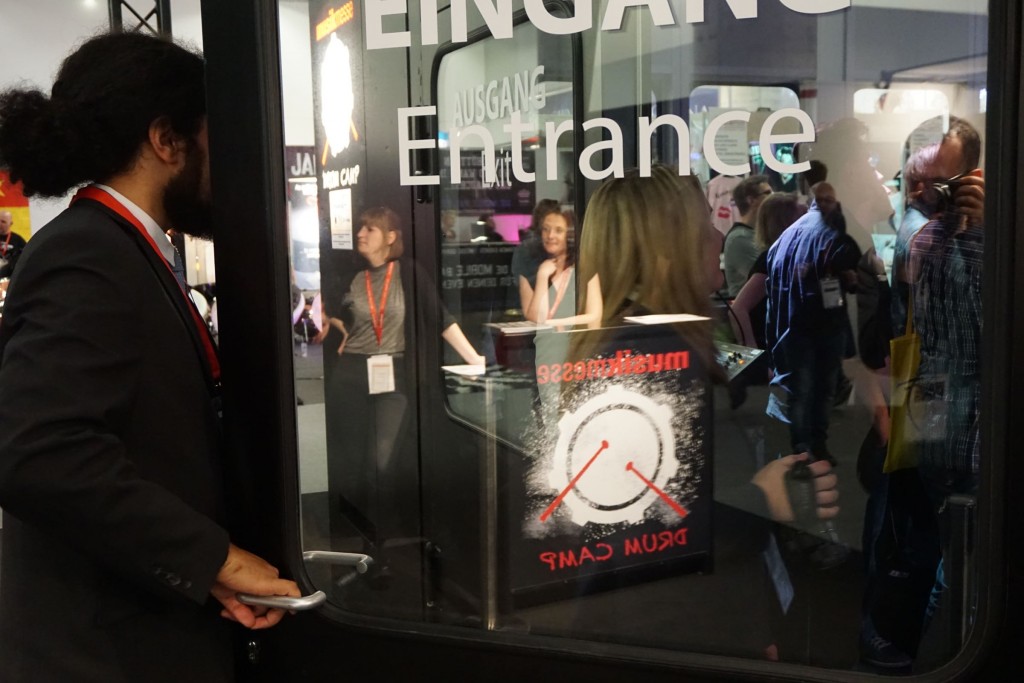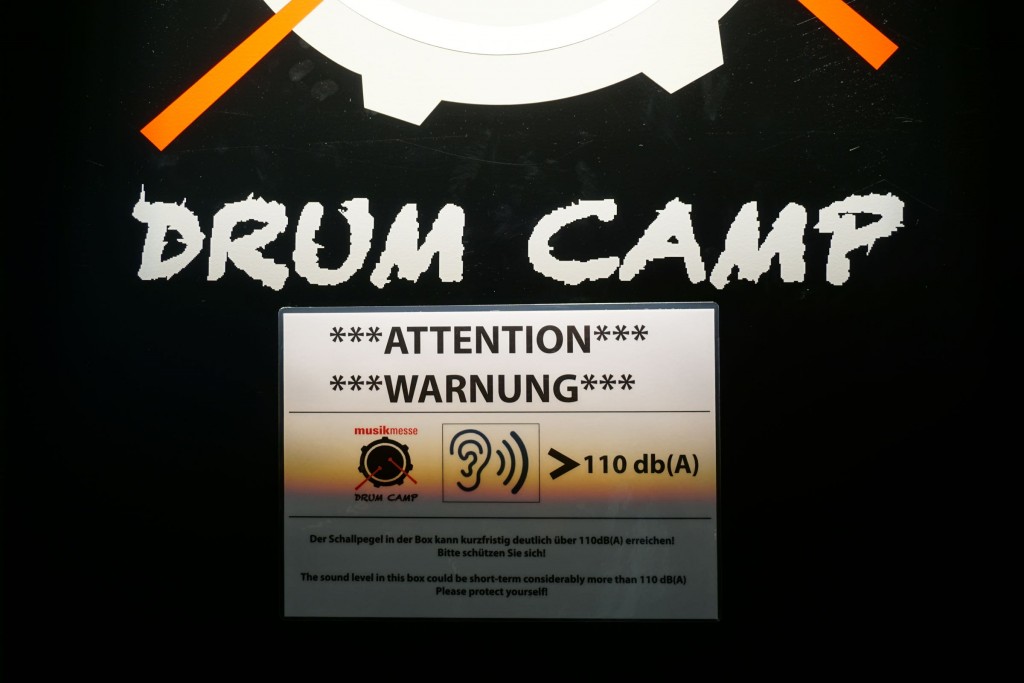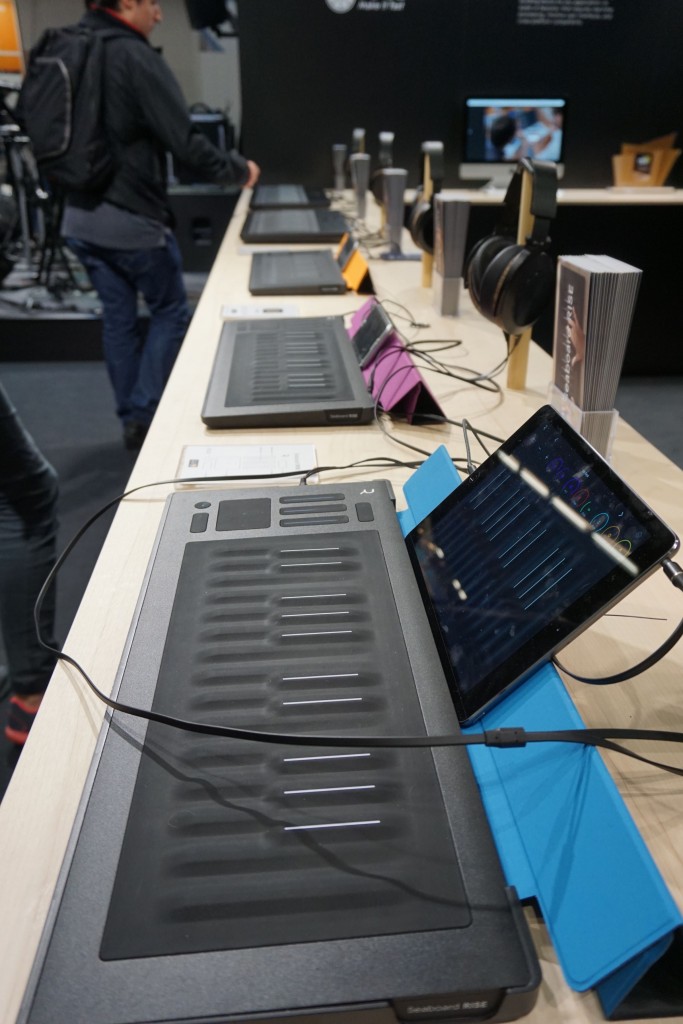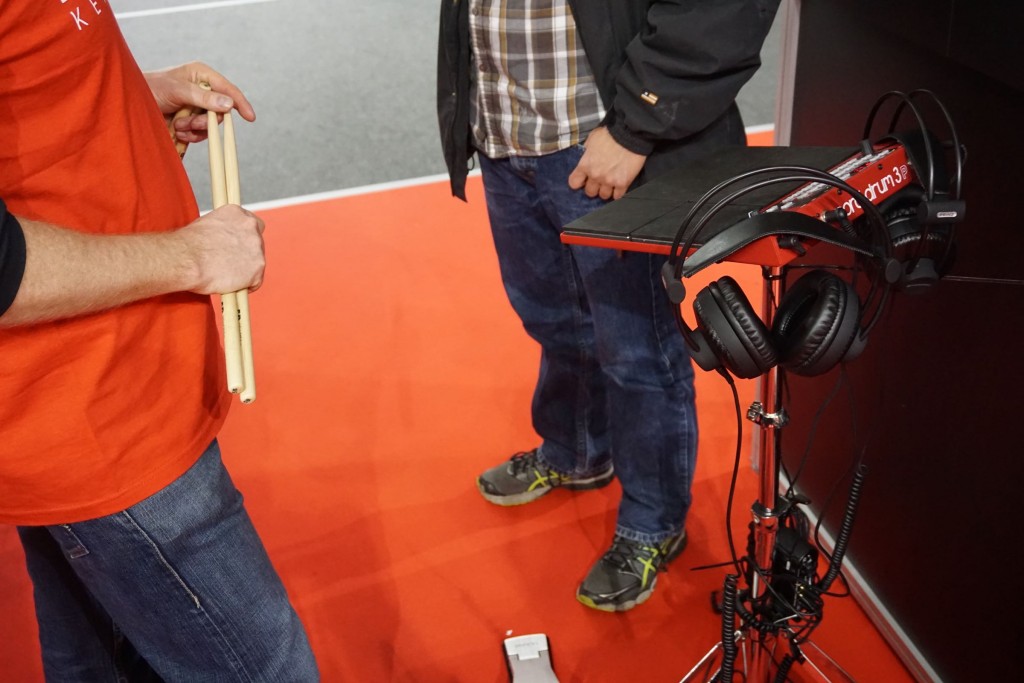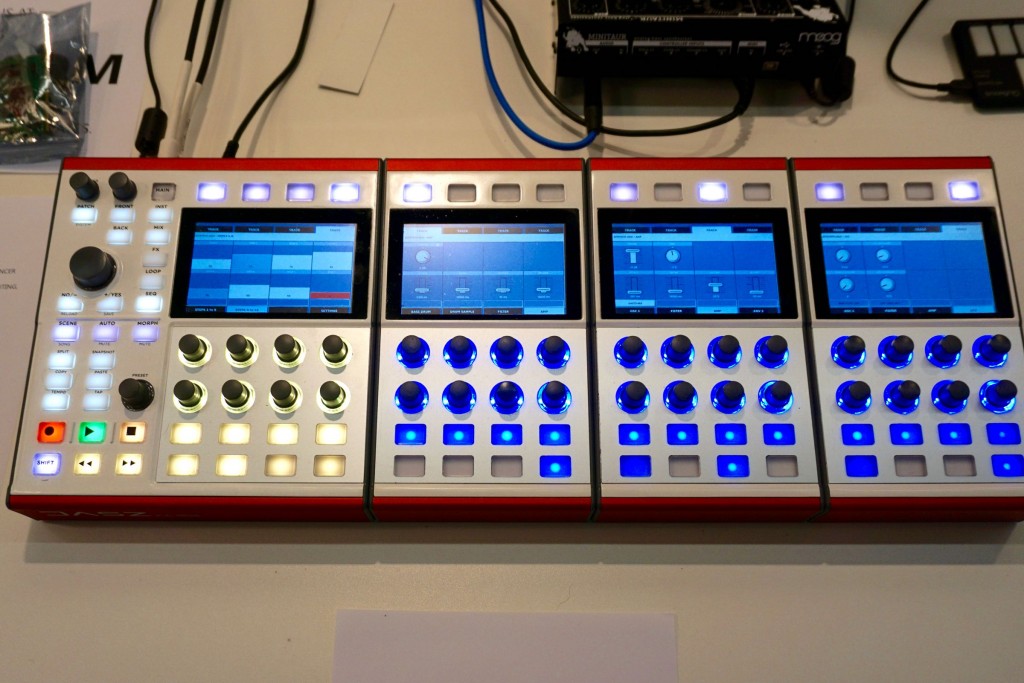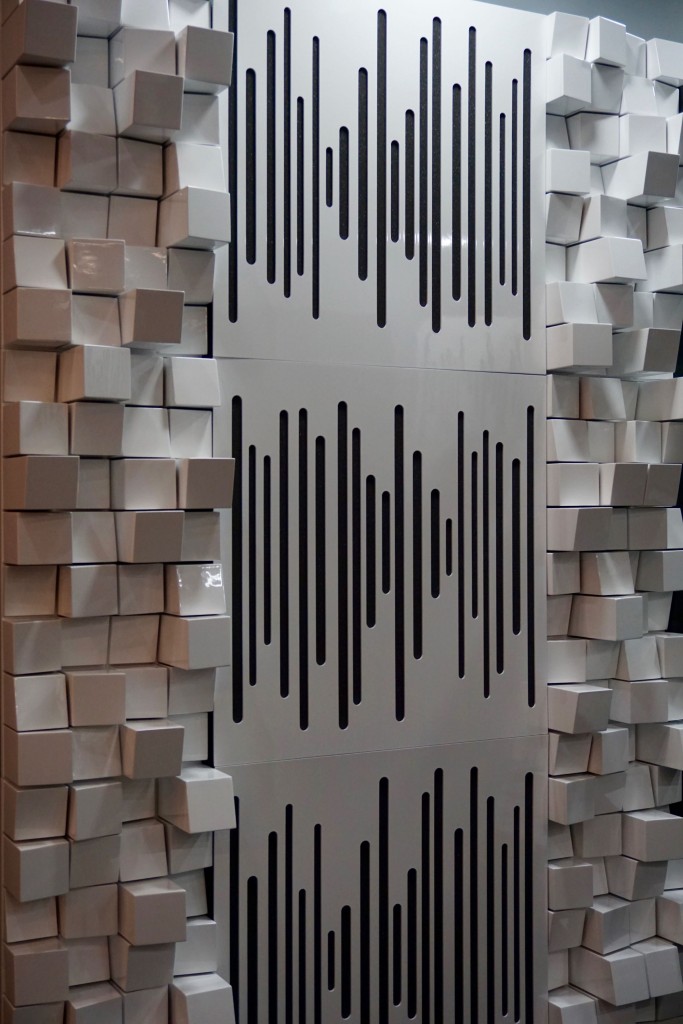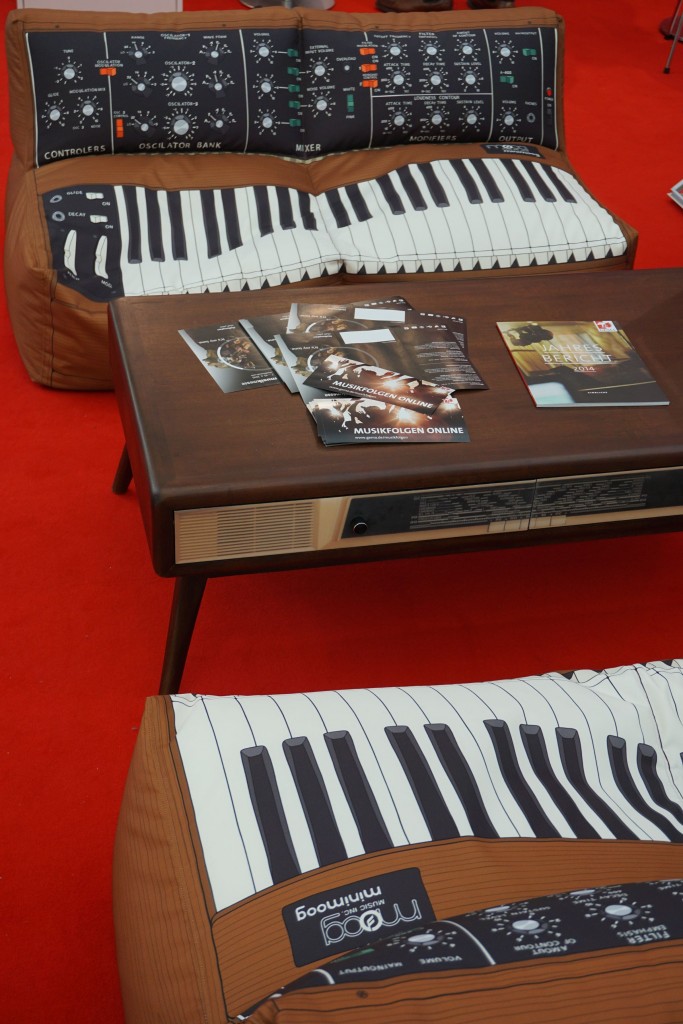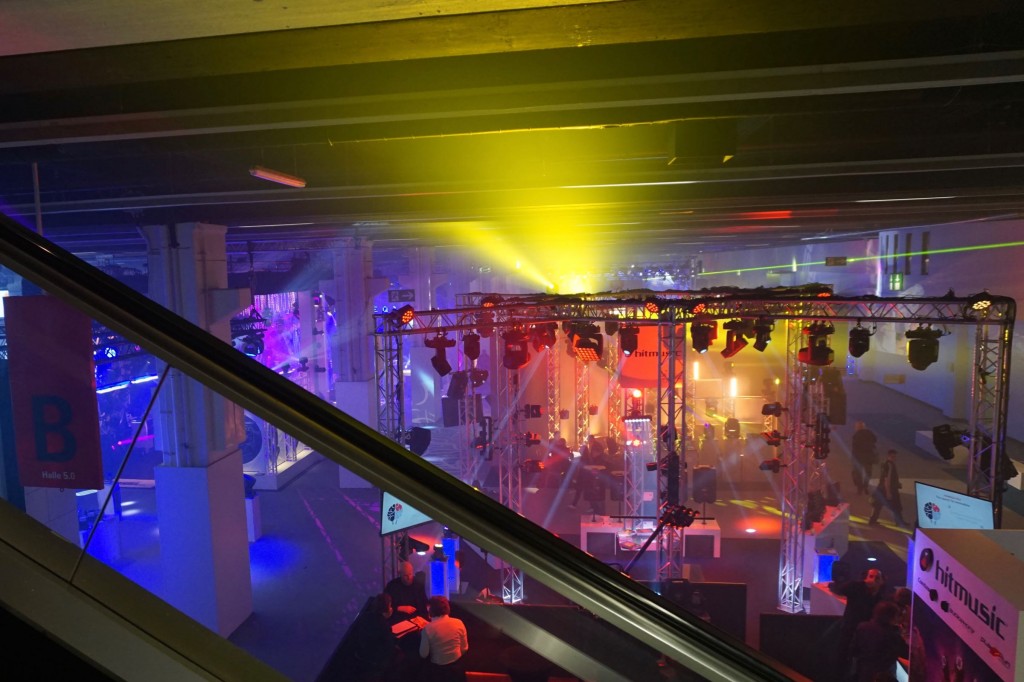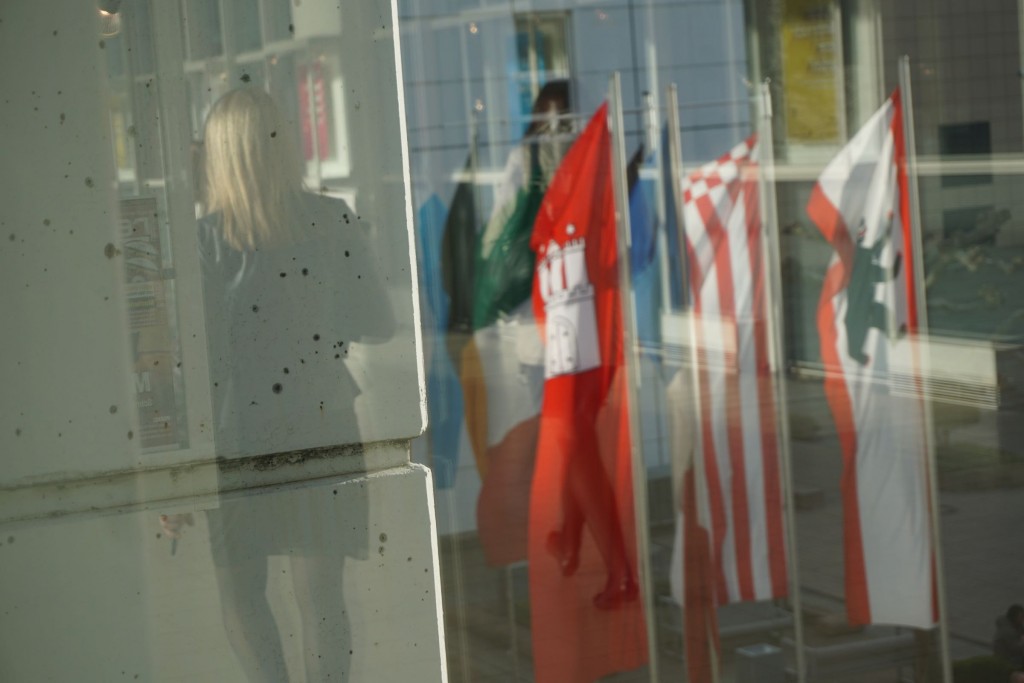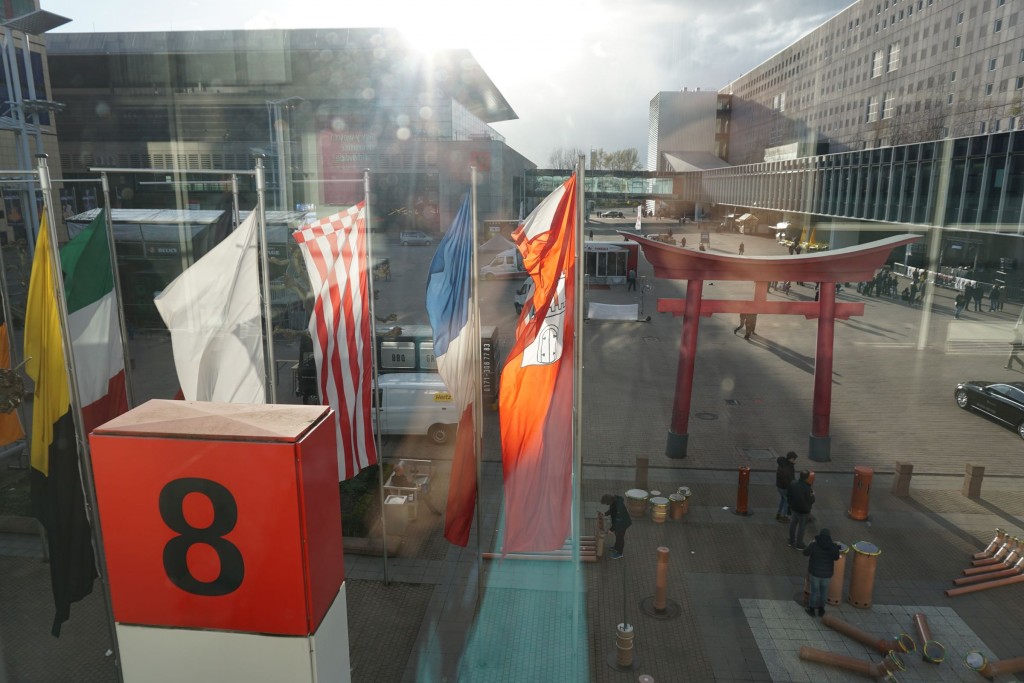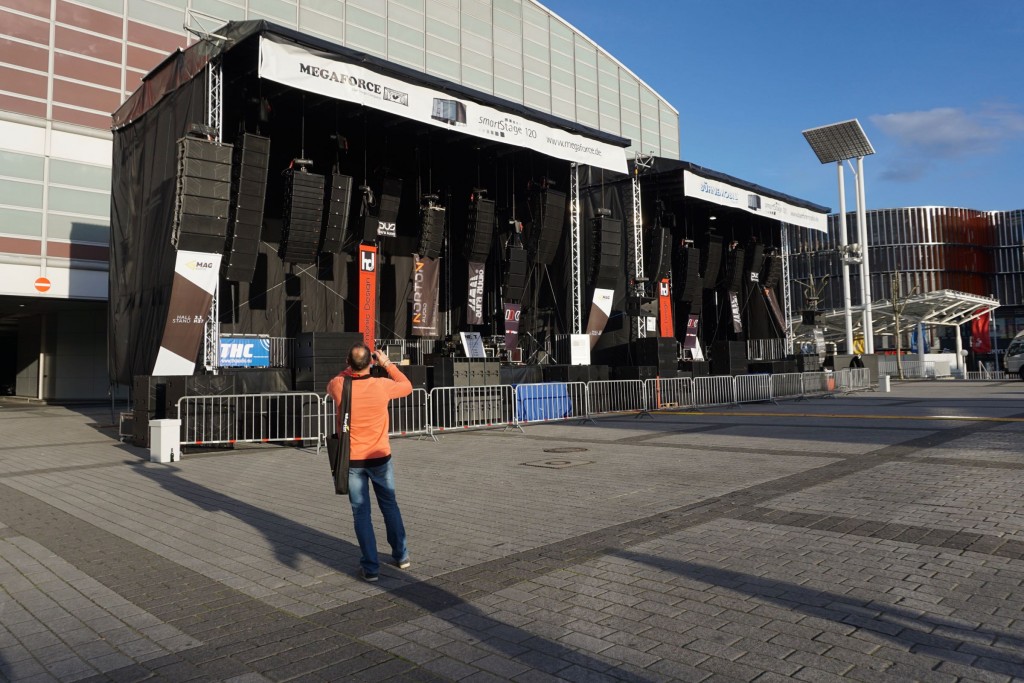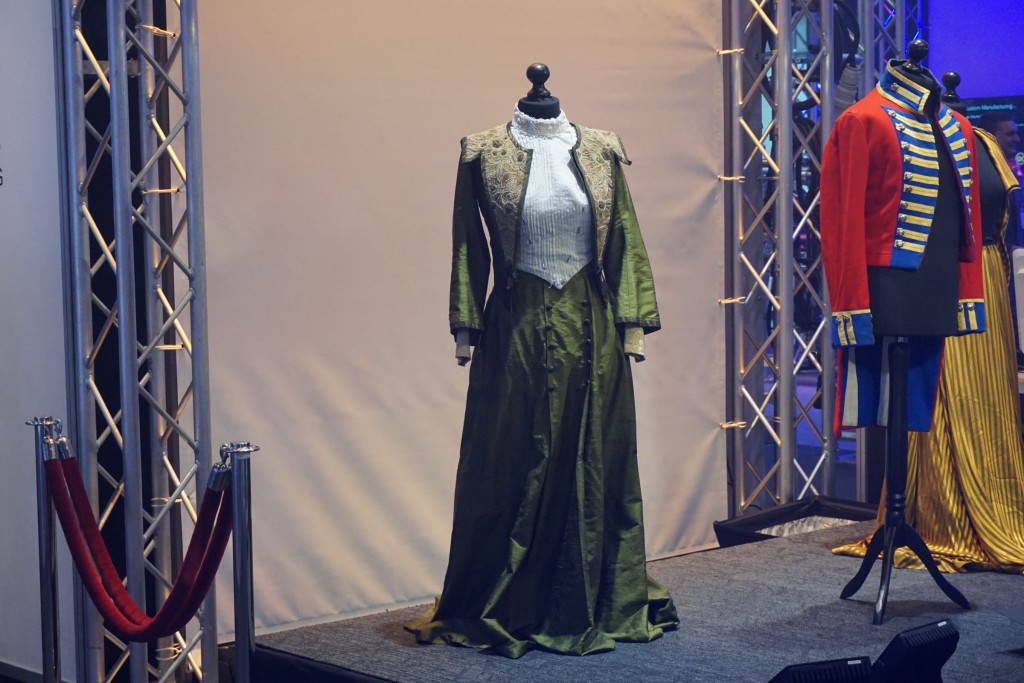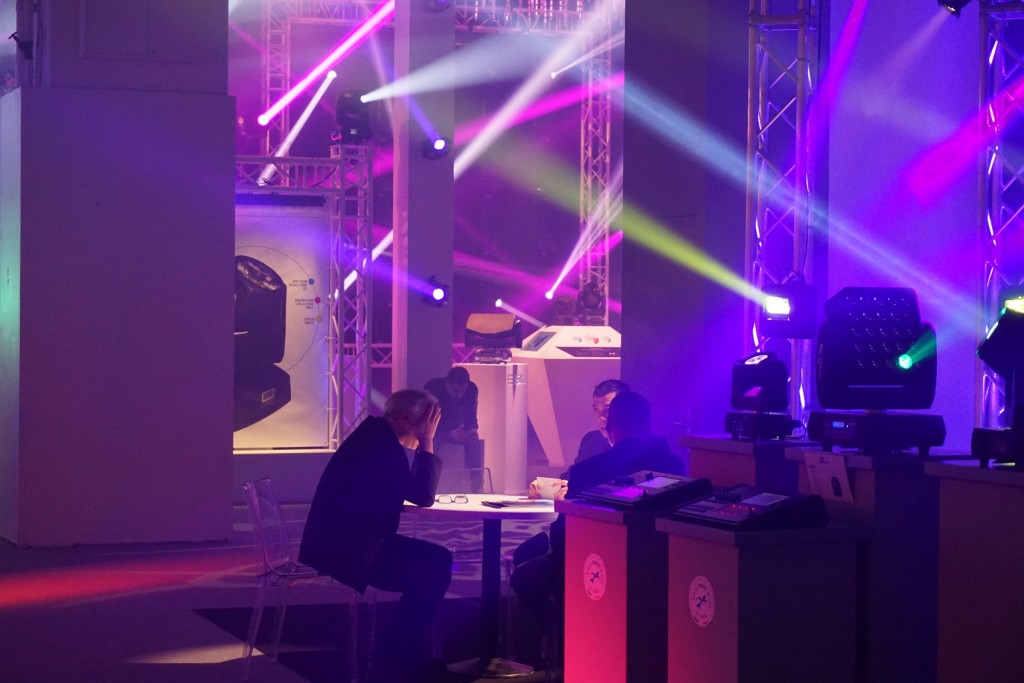It hits you at some point. It could be that you find yourself wandering rows upon rows of accordion exhibitors. Or maybe it’s weaving to avoid parades of the 100,000-odd German schoolchildren who come to look at the exhibits. Or maybe it’s seeing a room the size of an airport full of nothing but strange laser and light products for clubs.
But Musikmesse remains something exceptional.
The German show is roughly the size of the titanic NAMM, but adds to that a second show covering lighting and sound products. (This year, it’s where club PA giant Funktion-One decided to unveil its pricey mixer, accordingly.) Tens of thousands of people pour through every hour, but as long as you steer clear of things like the drum kit vendors, everything is spacious and quiet. You barely wait in a queue for anything – even the odd wurst.
At Messe, it seems that past and future collide, sometimes awkwardly. In the piano hall, there’s a strange, sonorous harmonic din. German craftspeople whose building skills have been handed down by generations produce booths that serve cappuccinos and champagne under rented chandeliers, while displaying the tools of their handicraft in surreal tableau. Then, one enters some dystopian future of clubbing: one where the DJ has gone invisible, leaving as stars only epic displays of automated water features and dancing lasers, as the (mostly middle-aged German male) salespeople who sell them retreat quietly behind the fifth Beck’s of the day in silence.
And, sure, a great deal of this goes on in the imagination. But Messe is just that combination of the banal and the fanciful, grim people in suits and then peculiar world’s fair oddities. You know – a music show.
The Messe organization performed some massive re-allocation of space and exhibitors that only they understand. The show is bigger, yet somehow smaller … the floor plan was switched exactly so that none of us ever knew where we were … I could explain it if I could bother myself with understanding how this year’s exhibition space for trombones reflects the ongoing move of German musicians from their local store to online. (I gather it is a hard time for the mom and pop music store in Baden Baden, to be sure, but I have no idea what that means for a trade show organizer.)
And just as at NAMM, many electronic instrument makers continue to move out. This year, it was Andreas Schneider and his merry band of Eurorack and boutique synth vendors, who went from a “Superbooth” last year that was an actual Messe booth to what amounted this year to an entire festival in Berlin. Even from Germany, Ableton and Native Instruments take a pass (as they do now at NAMM). But many others were there, including iZotope, Universal Audio, Pioneer, Rane, Nord, Akai/Numark, Steinberg, and others.
It’s hard to predict the future of trade shows, generally, but for now Messe seems perfectly alive. Like the musical instrument industry itself, it’s hard to wrap your head around. So it is actually easier to snap some photos to give you the feeling of being there than it is to do so in videos, in product news, or even in words alone.
My picks of the show?
The Pioneer SP-16 was the big news, of course – if it seems I’m lavishing attention on it, it’s because I do think it’s one of the biggest stories of the year. And it neatly brings together the convergence of DJ and live, club and producer, digital and analog.
The other headline-stealer came from Softube, who unveiled software emulation of Eurorack modules. That is surprising, in that the company has chosen one-to-one emulations of Doepfer, intelljel, and others – rather than reinterpret the modules for a software realm. More licensed modules seem to be coming, too. More on this story soon, but it was the other one generating buzz in our crowd.
Nord’s new modeling drum module, the nord drum 3, was big news, too, the next generation of what to me is perhaps the most interesting sound generation module for electronic drums.
I also thoroughly enjoyed seeing Patchblocks again. Their addition of a keyboard module (pictured here) isn’t itself huge news, but they have gradually built up a low-budget set of modules anyone can use – and demonstrate a modular approach that can go beyond just littleBits at the entry level or Eurorack at the high end. (There’s another modular platform hidden in my pics; more on that soon.)
Or there’s the weird and wonderful MPiano from ALPHA Pianos, which just won a coveted Red Dot design award. The “mechatronic” piano has per-key adjustment of resistance via actuators hidden in the mechanism. Adjust the sensitivity on a tablet app, and keys can actually feel physically different as you press it. The top is also covered with touch-sensitive strips so that you can slide fingers up and down to add expression, as well as more conventional aftertouch.
The best exhibit of the show: that’d be Synmag’s enormous modular, which brought a bit of the Superbooth spirit to Frankfurt.
Oh, yeah, plus I’m personally excited about the Game of Thrones pinball table, but I guess that doesn’t entirely fit on this site.
It’s funny that people kept comparing Superbooth to Musikmesse, probably because the latter followed the former for many of us. But they aren’t really comparable. Superbooth, for its part, had a familial community feel, focused exclusively on a particular spectrum of strange electronic instrument.
Musikmesse, meanwhile, represents the entire European musical instruments market. But it had some character, too, for those able to look – sterile as exhibition centers can be. Somewhere amidst Rachmaninoff performances and bizarre classical gimmicks, there was a sense of Germany’s musical history. As an institution, Musikmesse reaches a scale that nothing else can. A friend had her music business management students there, even as we saw kids’ eyes lighting up trying out instruments. I don’t think trade shows can accomplish everything, but I am glad this one lives. I’ll be back.
More pictures:
